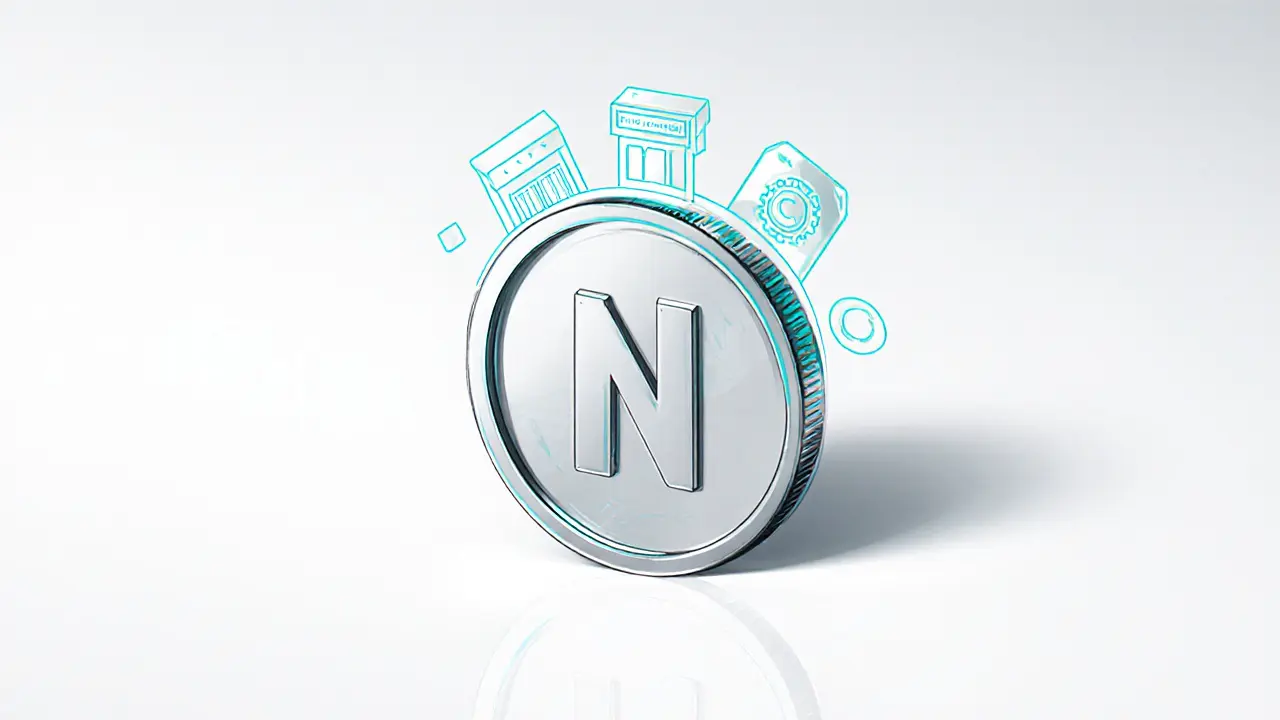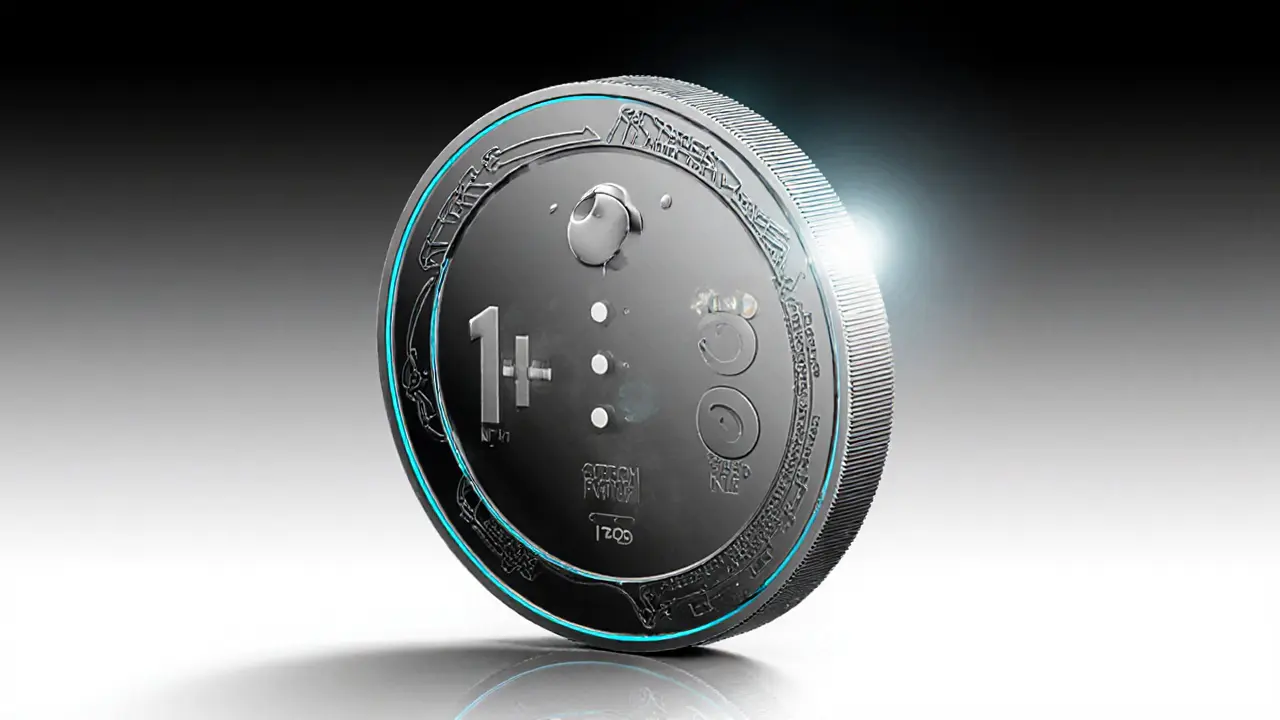NFT Marketplace Guide and Resources
When working with NFT marketplace, an online platform where creators list, sell, and trade non‑fungible tokens. Also known as digital collectible exchange, it connects buyers, sellers, and collectors using blockchain technology. In simple terms, an NFT marketplace is the storefront of the crypto‑art world. You can browse everything from profile picture collections to virtual real‑estate, place bids, or list your own tokens for sale. The core of any marketplace is a set of smart contracts that enforce ownership, handle payments, and record every transaction on an immutable ledger. That means no middle‑man can step in and change the rules after the fact. Because each token is unique, price discovery often happens through community hype, rarity metrics, and the underlying utility of the asset. Below you’ll see how recent airdrops, like the YOOSHI SHIB ARMY NFT, and Bitcoin‑based projects, such as BNSx Ordinals, have reshaped what people expect from these platforms.
When working with blockchain, the decentralized ledger that records every NFT transaction, you instantly get transparency and security. Different blockchains bring different trade‑offs: Ethereum offers the largest ecosystem but can be pricey during peak demand, while Binance Smart Chain and Polygon provide lower fees at the cost of slightly reduced decentralization. smart contracts, self‑executing code that runs on the blockchain are the engine behind every sale, royalty payout, and auction rule. They require developers to write bug‑free code because any flaw becomes permanent once deployed. Meanwhile, a crypto exchange, a platform for swapping fiat or crypto for the tokens used to buy NFTs acts as the financial gateway. Many users first convert stablecoins like USDT on an exchange before moving them to a marketplace wallet, so the speed and fees of your chosen exchange directly affect your buying power. Understanding how these three pieces—blockchain, smart contracts, and crypto exchanges—interact helps you avoid costly mistakes and spot opportunities, such as price arbitrage between a marketplace and a DEX.
Beyond the tech, the market itself is shaped by digital collectibles, unique, tokenized items that range from artwork to in‑game assets. The value of a collectible often hinges on community sentiment, scarcity, and utility within a larger ecosystem. For example, the recent YOOSHI SHIB ARMY NFT airdrop generated a wave of new holders eager to prove ownership, while the BNSx (Ordinals) coin introduced NFTs directly on Bitcoin, challenging the notion that only Ethereum‑based chains can host such assets. As these trends evolve, marketplaces adapt by adding new features—like royalty splits for creators, layer‑2 scaling solutions, and integrated launchpads for fresh projects. By staying aware of how each entity influences the others, you can make smarter buying decisions, time your sales for maximum impact, and even launch your own collection with confidence. Below, the curated list of articles will walk you through step‑by‑step guides, compliance tips, and deep dives into the tools you need to thrive in the fast‑moving world of NFT marketplaces.
NFMart (NFM) Explained: What the Crypto Coin Does and Its Market Reality
Learn what NFMart (NFM) crypto coin is, how its token works, market stats, and why it matters for NFT marketplace creators and investors.
VIEW MOREWhat is Flare Token (1FLR) and How It Powers the PipeFlare Gaming Platform
Learn what Flare Token (1FLR) is, how it powers PipeFlare's play‑to‑earn games, its market data, earning methods, NFT marketplace role, and associated risks.
VIEW MORE

